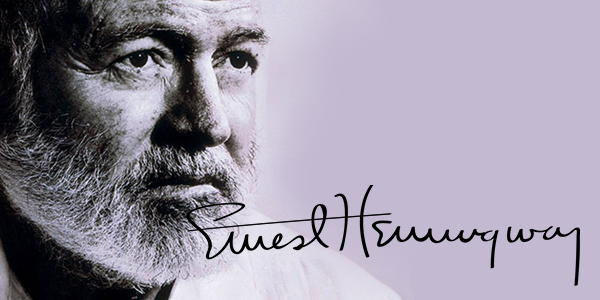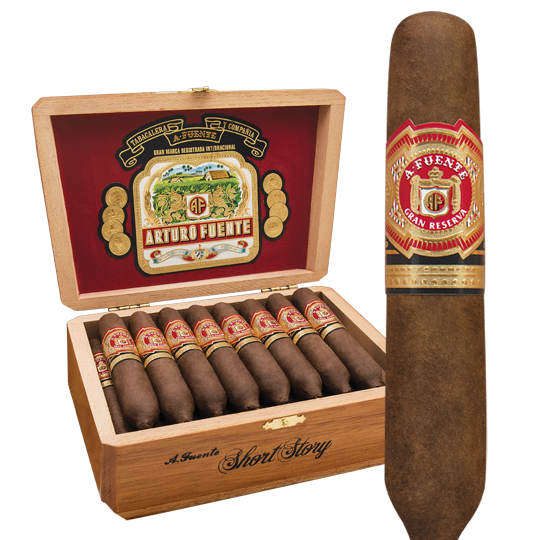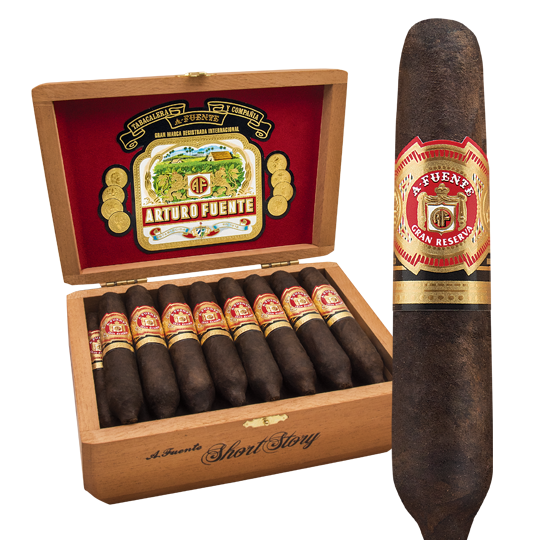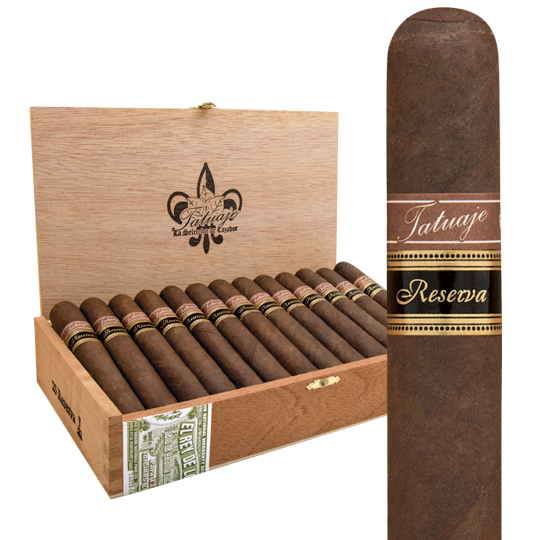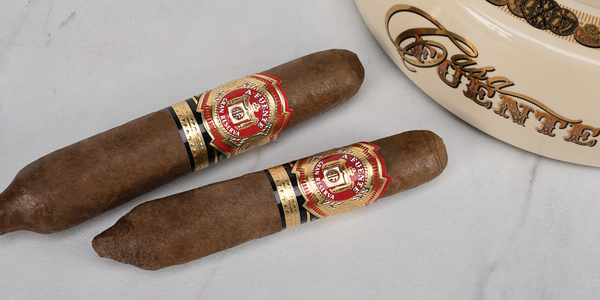Ernest Hemingway
No doubt you’ve heard of Ernest Hemingway. The legendary American author was the winner of both the Pulitzer and Nobel Prizes during his lifetime. His legacy, however, is tarnished by his reputation as a bully, by his alcoholism, and by his suicide. Hemingway, in his own life and his works, venerated “manliness,” which included womanizing (married four times and many mistresses) and heavy, heavy drinking, as well as going to war.
Hemingway & Cigars
It’s important to understand that Ernest Hemingway, according to his sons, was not really much of a smoker. While Hemingway lived in Cuba, from 1940 until 1960, he did not have much of a relationship with the nation’s famous cigars. When he did smoke a cigar, which was very rarely, it was reputed to be a Lancero. Hemingway did smoke Russian cigarettes for a time after World War I.
The Cigar Also Rises, Kind Of
One cigar reference in Hemingway’s work comes in The Sun Also Rises, regarded by many as the author’s greatest novel. A character, the wealthy Greek Count Mippipopolous, makes a big show in clipping his cigar with a gold cutter and explaining, "I like a cigar to really draw."
The work is largely set in Spain during the running of the bulls in Pamplona and there’s a lot (A LOT) of drinking and frustrated romance (you’ll see what I mean). If this was not part of your high school syllabus, you might want to pick it up.
Hemingway’s Cigar Legacy
Hemingway, a great hunter, thought that tobacco, smoked or otherwise, could be smelled by animals and that would chase them off. Despite not being a smoker, Ernest Hemingway is commemorated by the cigar industry, most famously since 1986 by the Arturo Fuente line of Hemingway cigars. The line contains different sizes of Perfectos with literary names. The smallest is the Short Story, 4 by 49, about $6.50. The largest ring gauge is the Work of Art, at 4.875 by 60, about $9.50. These Dominican cigars are decidedly medium in power, but do not lack in flavor. There are rich notes of earth, spice, and brown sugar.
Tatuaje made a limited edition cigar called The Old Man and the C, which consisted of a Lancero and Culebra in one coffin. This obviously paid homage to Hemingway’s The Old Man and the Sea, whose central character, Santiago, is based on a real-life fisherman Hemingway met in Cojimar, a fishing village not far from Havana. The inspiration for Santiago, Gregorio Fuentes, was a fisherman and a big lover of cigars. Fuentes lived to be 104 and enjoyed many different Cuban cigars, but he favored the Romeo y Julieta Churchill. Hemingway had a fishing yacht and hired Fuentes to be the captain. One day, while docked in Cuba, Hemingway and Fuentes witnessed a man and boy on a nearby boat struggle to land a large marlin. This inspired the plot of the famous book in which Santiago fights for several days to land a giant fish only to have it eaten by sharks as he tows it back to his village.
Hemingway Takes His Own Life
In 1961, after leaving Cuba for Spain, Hemingway fell ill with leukemia. He took his own life with a self-inflicted shotgun wound in Idaho in 1961.

